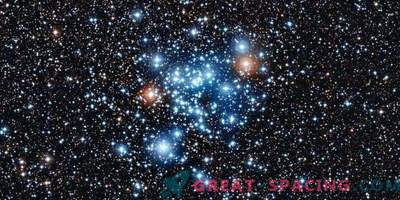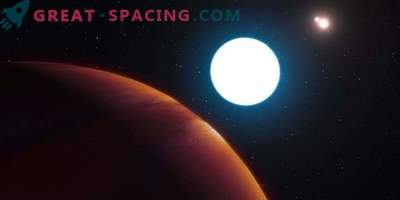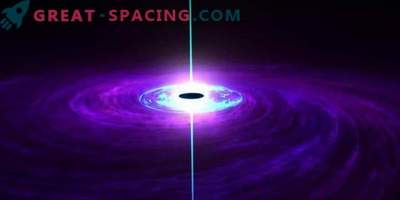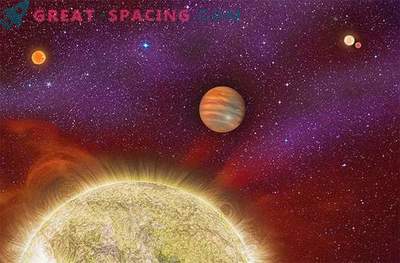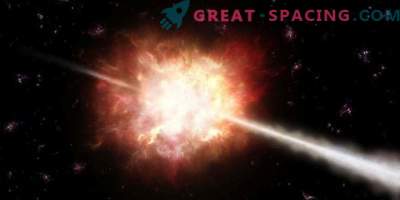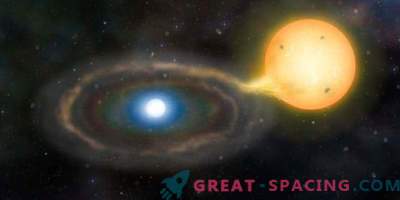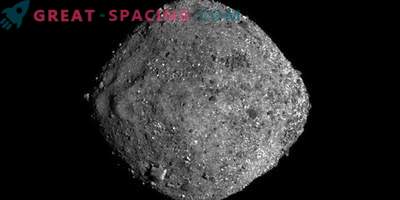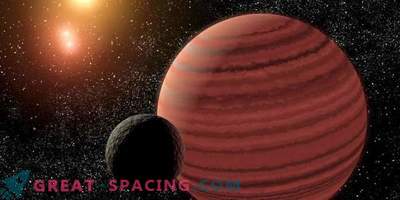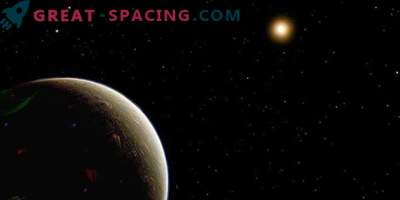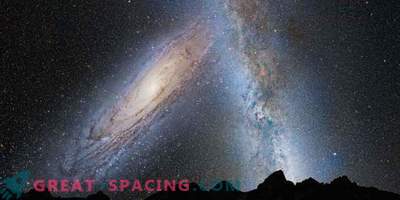
In the new study, scientists decided to carefully study the nature of the star Hen 3-160, a symbiotic binary system in the southern part of the Milky Way. It turns out that there is an assumption that Mira is located in a pair (the class of the variable star of the World).
Symbiotic binary objects are believed to exhibit dramatic and episodic changes in the spectra of light, because one star in a pair seems hot, and the second is a cold giant. Researchers are looking for similar systems to study various aspects of stellar evolution.
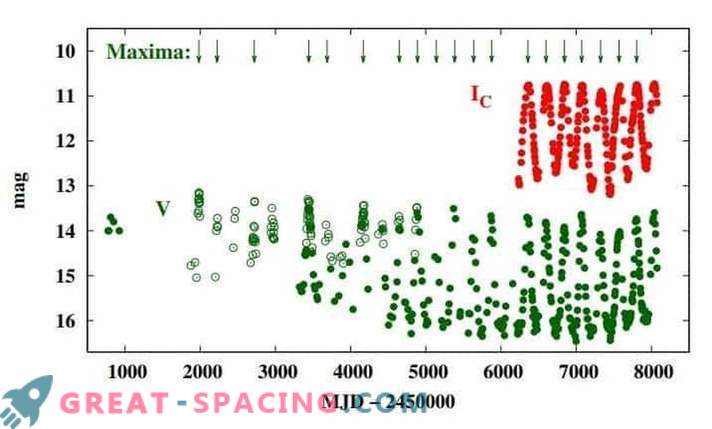
V and IC Hen 3-160 star light curves
Scientists divide symbiotic stars into two main classes: S and D. Most of the representatives belong to the S-type, where the cool star photosphere dominates in the near-infrared spectra and cannot be distinguished from ordinary giants at a late stage of development. D-type symbiotic stars exhibit additional radiation associated with dense circumstellar dust shells. Such objects experience large amplitude changes due to the presence of World variables. These are red giants whose pulsation period exceeds 100 days. For the first time, the star Hen 3-160 (SS73 9, WRAY 15-208 and 2MASS 08245314-512832) was noticed in the 1960s, but detailed studies were not conducted, so little was known about the nature of the components. A group of scientists decided to analyze the data of spectroscopic and photometric observations obtained over a 20-year observation period.
The team used optical spectra acquired by the SpUpNIC spectrograph on the 1.9-meter Radcliffe Observatory telescope. The findings suggest that Hen 3-160 is a variable of the World type, pulsating with a 242.5-day period. Moreover, it is the first known symbiotic of the World with enhanced S-process.
Astronomers also managed to estimate the distance of the Hen 3-160 system. It turns out that a double object lives at a distance of 30,600 light years from Earth and approximately 4,200 light years above the disk of the Milky Way.
